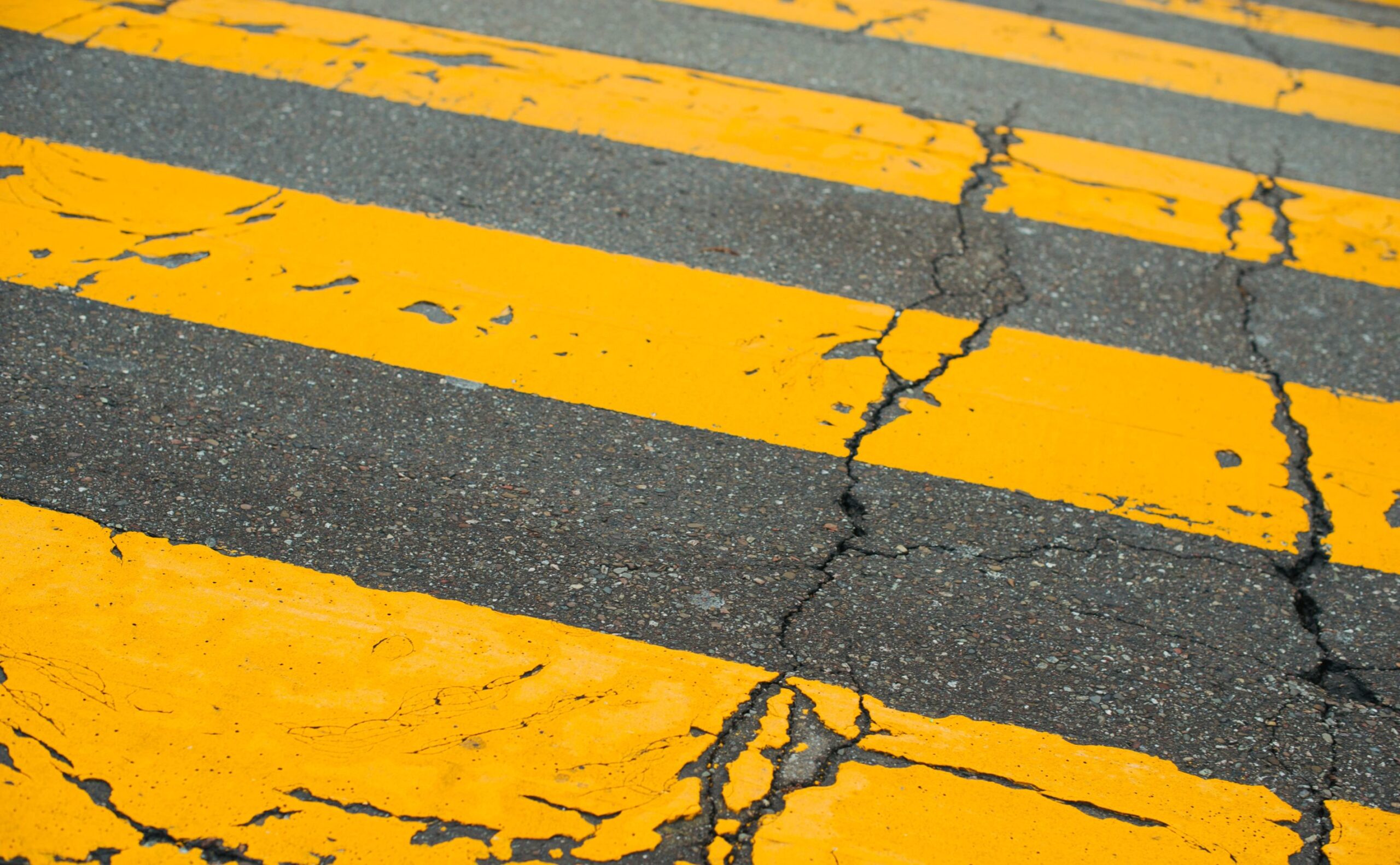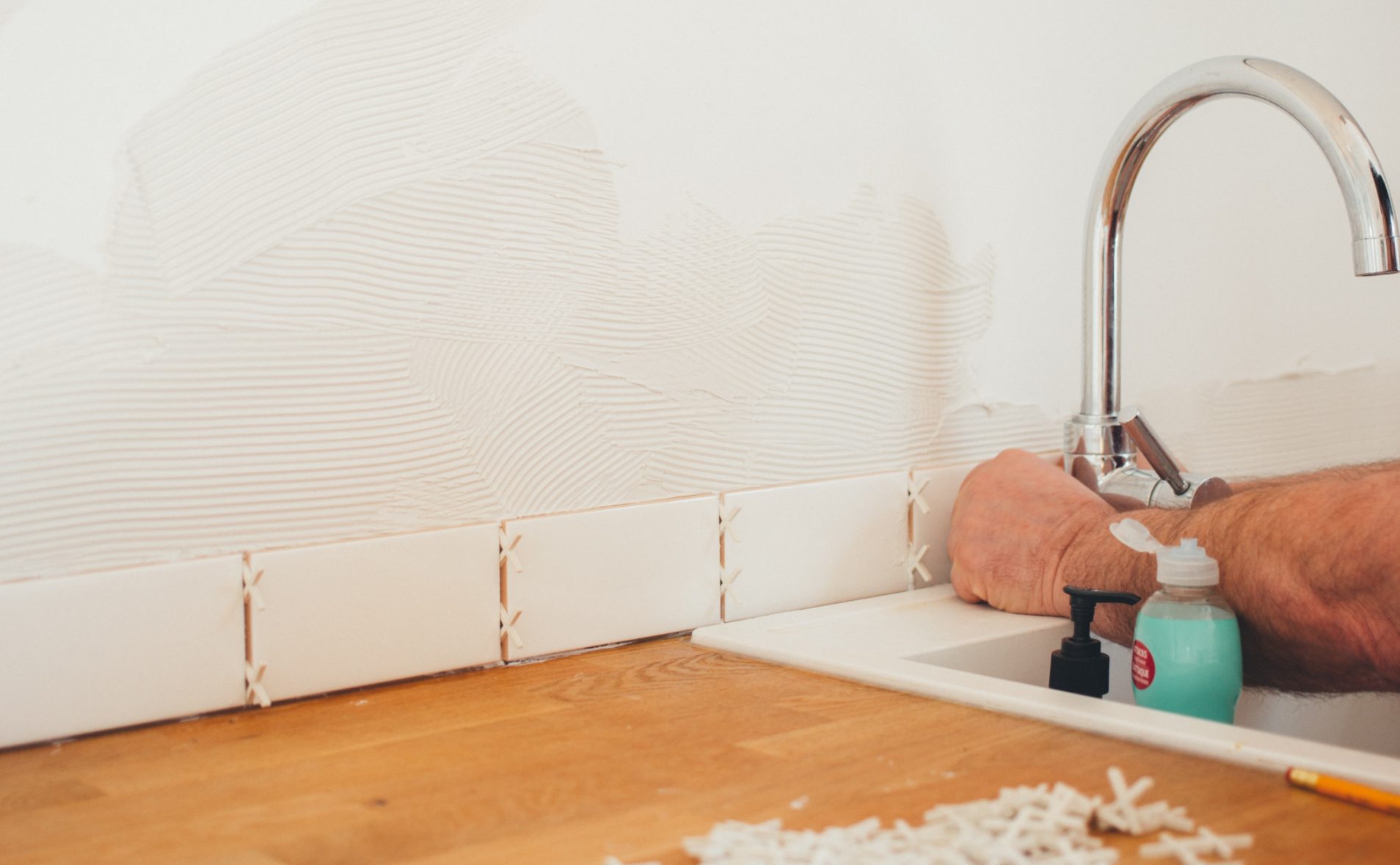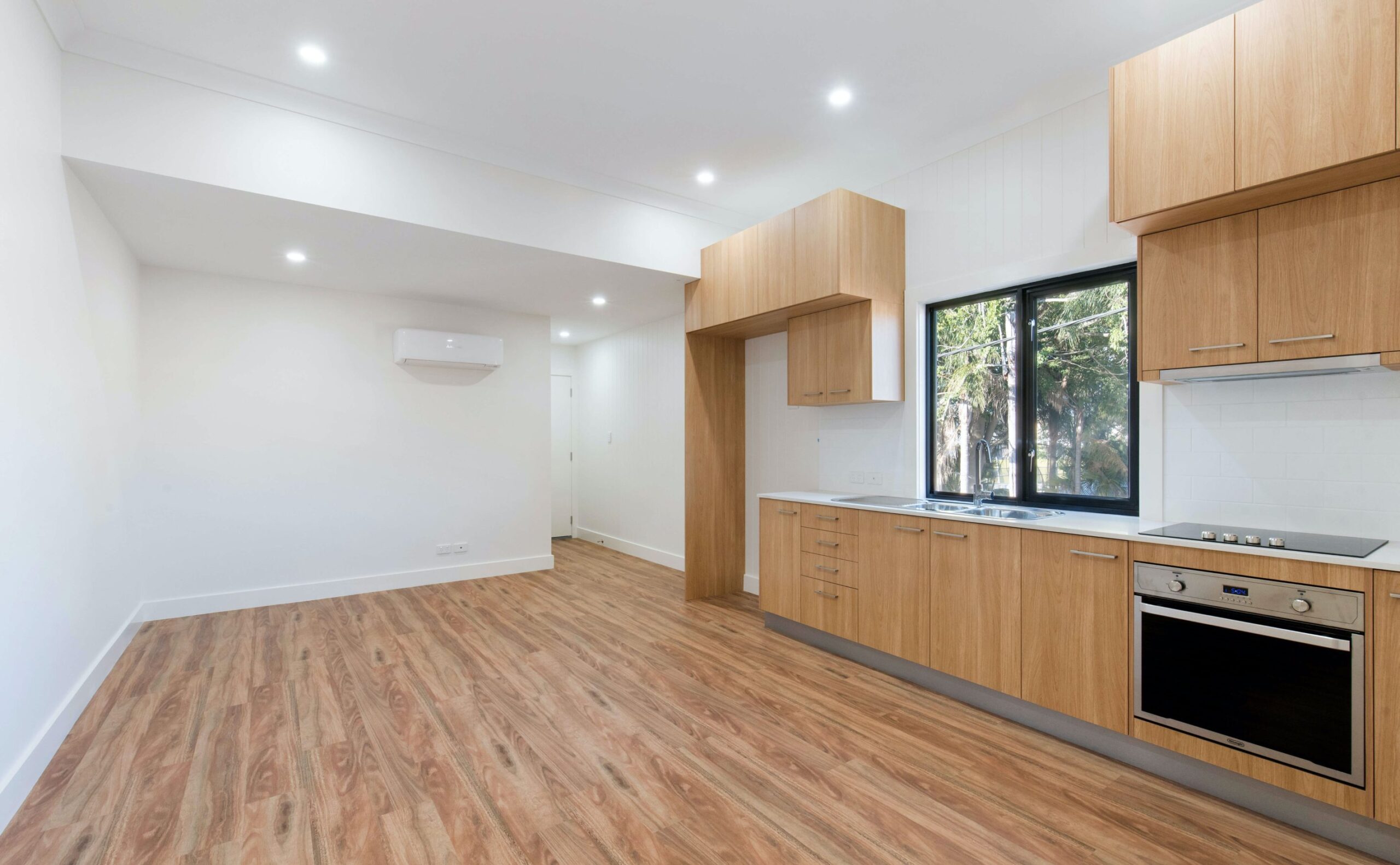According to data collected by the RAC, an estimated 35.9 million people drive in the UK. Our roads are unique, and our specific choice of road markings is like no other. It is mandatory to pass a full driving theory test before attaining your full license. It is also likely that you may not remember what every road marking is or what they mean precisely.
There are over thirty different road markings on our roads, and they all require maintenance, so they remain clear to any driver at all times. If you notice any road markings are faded or unclear, you must contact your local council to arrange for them to be re-painted. Kiasu offers a range of road marking facilities for road and car park markings. We can cover existing road markings or paint an entirely new set of markings or parking bays.
Thermoplastic resin is the material of choice when it comes to road markings. It is quick-drying, durable, and bonds with the road surface. The resin is then mixed with Titanium Dioxide pigment for any white road markings and Chromate alternatives for yellow and other coloured markings. The key benefit of thermoplastic paint over cold plastic or water-based alternatives is its drying speed. Thermoplastic paint can dry in less than ten minutes, ideal for busy roads where traffic needs to flow efficiently.
Paint markings can be applied with dedicated road marking vehicles or manually with a laying pram. Cars are more suitable for busier roads with wider lanes, such as dual carriageways. They work by following a straight line and a computerised control system lays the paint onto the tarmac. Manual road marking is more common in residential areas or 30mph zones. Fewer cars and slower moving traffic mean fewer hazards, and you can afford to take more time to paint the road markings. However, this does require a highly skilled Steersman who has mastered the technique.
An essential factor in making your road markings is their visibility in dark conditions. You must include a form of reflectivity to be seen as clearly as possible by drivers at night. Sodium silicate glass spheres are dropped on the paint and secured when the paint eventually dries to achieve a reflective marking. These spheres create a glistening effect on the surface of the road markings that the light can bounce off. For particularly adverse weather conditions, reflective spikes and alternative textures are added to the lines in the road. These extra measures make road lines more visible, and the raised surface indicates when you are driving on or over the lane markings, as they will produce a loud noise.
Road markings are ultimately put in place to keep traffic flowing safely at all times, so if they become worn or are less visible, then this can create a hazard. Every driver needs to be aware of each road marking and what they mean to drive safely in the UK. If you have any worn-out road markings in your local area, you can call us here at Kiasu. We can make or reapply road markings on public and private roads and car parks in and around London.



